To climb like a gecko, robots need toes!
Submitted by rhkayen on Thu, 05/14/2020 - 09:47Biologists from the University of California, Berkeley, and Nanjing University of Aeronautics and Astronautics observed geckos running horizontally along walls to learn how they use their five toes to compensate for different types of surfaces without slowing down.
“The research helped answer a fundamental question: Why have many toes?” said Robert Full, UC Berkeley professor of integrative biology.
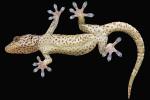
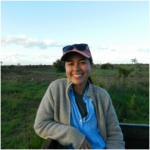
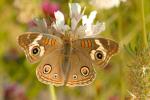
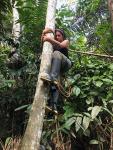

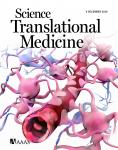

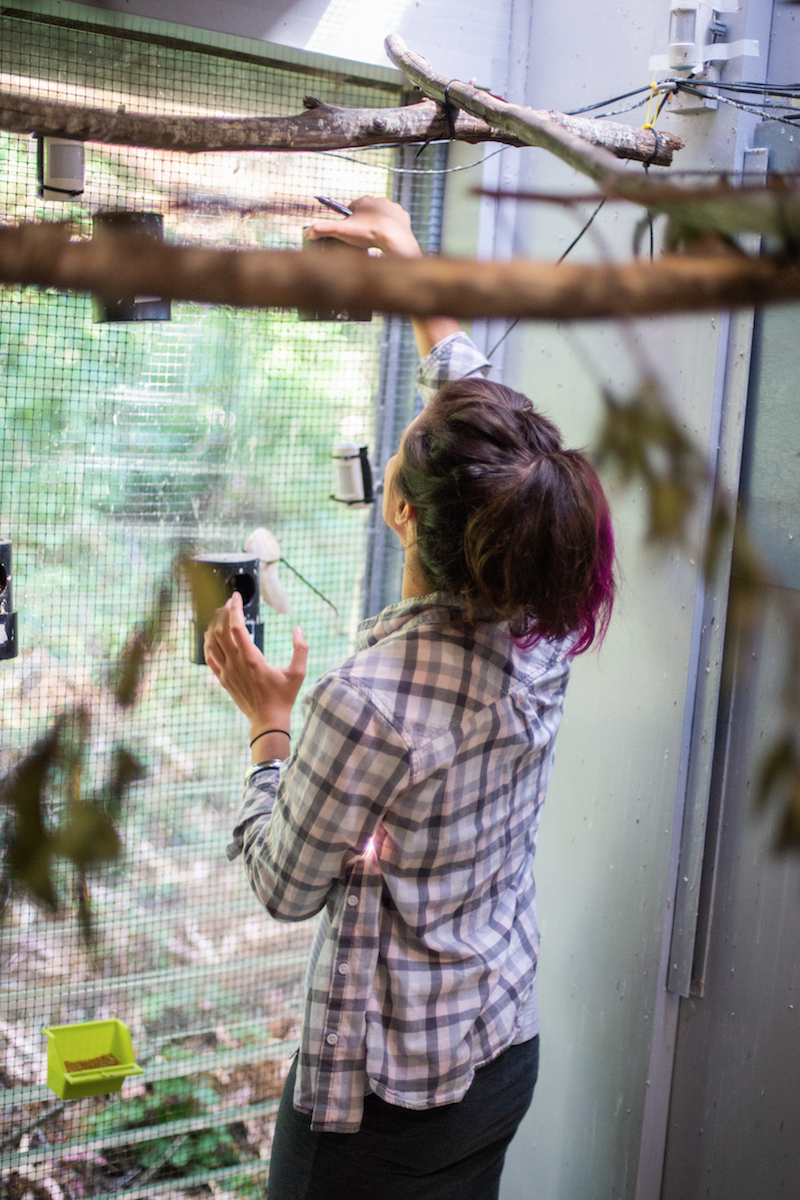 For the graduate students of Integrative Biology, the summer months bring a wealth of opportunities to embark on critical research projects and present their findings all over the world. Forty-four graduate students were able to carry out their field and laboratory research, thanks in part to three competitive awards sponsored by the Integrative Biology department: Dissertation Completion Award, Summer Grant, and Research Award. A broad range of projects are funded by these awards, from understanding UV radiation tolerance in desert mosses to studying how the shapes of turtle beaks relate to their diet and habitat over evolutionary time.
For the graduate students of Integrative Biology, the summer months bring a wealth of opportunities to embark on critical research projects and present their findings all over the world. Forty-four graduate students were able to carry out their field and laboratory research, thanks in part to three competitive awards sponsored by the Integrative Biology department: Dissertation Completion Award, Summer Grant, and Research Award. A broad range of projects are funded by these awards, from understanding UV radiation tolerance in desert mosses to studying how the shapes of turtle beaks relate to their diet and habitat over evolutionary time.